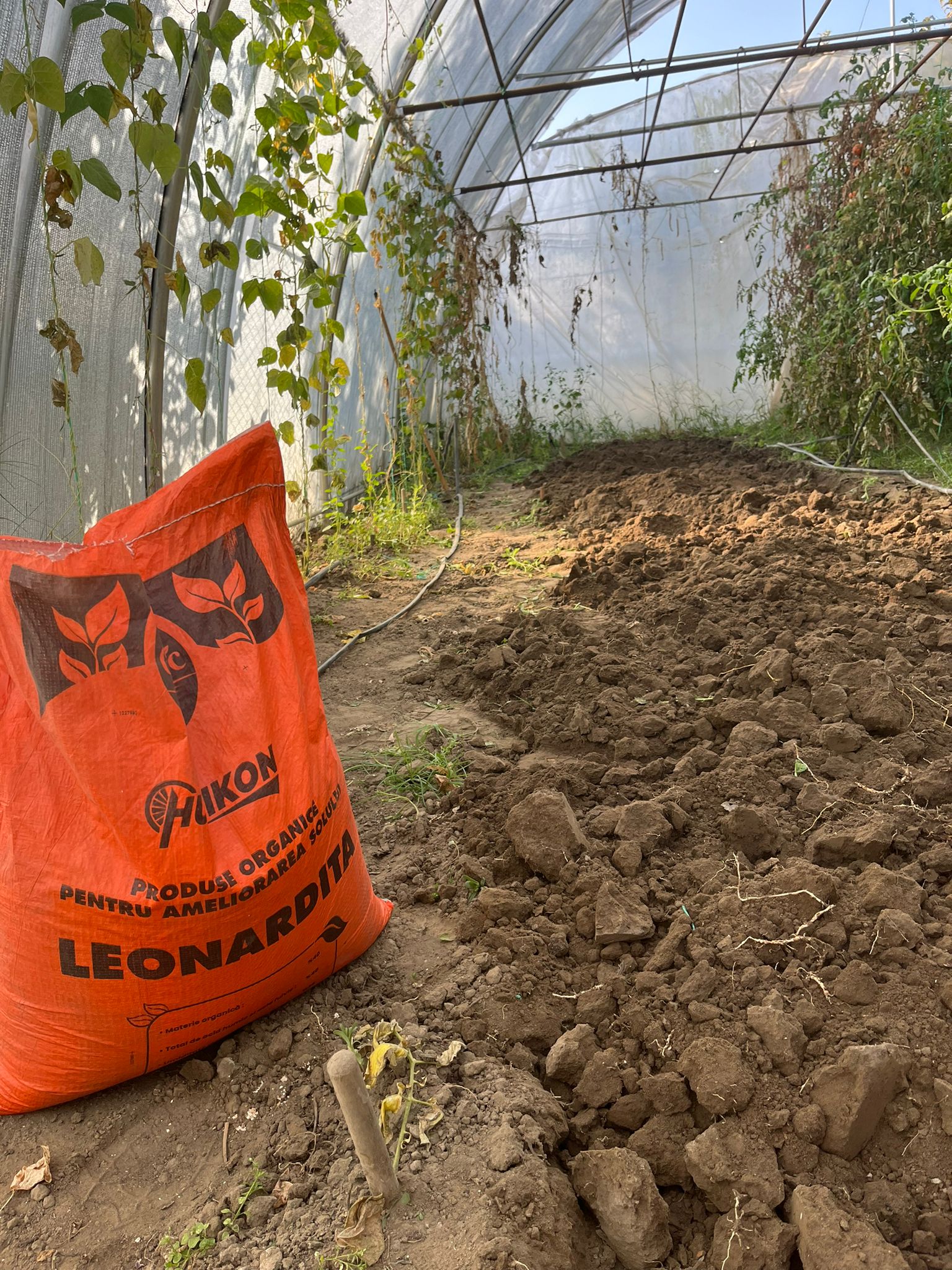Greenhouses
- humicas
- Greenhouses
Services List

Need Help! Get in touch quickly

Greenhouses
Greenhouses play a critical role in modern agriculture by providing a controlled environment for growing crops. They allow farmers to cultivate plants year-round, independent of external weather conditions such as temperature, rainfall, or seasonal changes. This capability is essential for regions with harsh climates or unpredictable weather patterns, ensuring a steady supply of fresh produce.
Greenhouses contribute to sustainable farming by optimizing resource use. Advanced irrigation systems and nutrient management reduce water and fertilizer waste, while the enclosed structure minimizes pest infestations and the need for chemical pesticides. Additionally, greenhouses support the growth of high-value crops, such as fruits, vegetables, flowers, and herbs, increasing profitability for farmers. By enhancing productivity and protecting crops from environmental challenges, greenhouses are a vital tool for ensuring food security and meeting the demands of a growing global population.
Leonardite: A Vital Contribution to Greenhouse Farming
Greenhouse farming relies on precise soil and environmental management to maximize crop growth and productivity. Leonardite, a naturally occurring organic material rich in humic and fulvic acids, has become an essential tool for greenhouse farmers. Its unique properties enhance soil fertility, water management, and plant health, addressing the specific challenges of greenhouse cultivation.
1. Enhancing Soil Fertility
Leonardite contributes to nutrient-rich soil by:
Binding essential nutrients like iron, magnesium, and zinc, making them readily available to plants.
Gradually releasing nutrients, ensuring a consistent supply for plants throughout their growth cycle.
Encouraging microbial activity, which is crucial for nutrient cycling and organic matter decomposition in greenhouse soils.
By enriching the soil, Leonardite reduces the dependency on synthetic fertilizers, aligning with sustainable greenhouse practices.
2. Optimizing Water Management
Water efficiency is crucial in greenhouses, and Leonardite plays a key role by:
Increasing the soil’s water-holding capacity, reducing irrigation needs.
Preventing waterlogging by improving soil drainage, protecting plants from root diseases.
Helping maintain consistent moisture levels, critical for uniform plant growth in controlled environments.
These water management benefits make Leonardite indispensable for greenhouses operating in regions with limited water resources.
3. Promoting Plant and Root Health
Leonardite enhances plant vitality by:
Stimulating root growth, allowing plants to access nutrients and water more effectively.
Improving plant resilience against stressors like temperature fluctuations and pests.
Enhancing germination rates when used as a seed treatment, ensuring strong, healthy seedlings.
4. Supporting Sustainable Farming
Greenhouses aim to minimize environmental impact, and Leonardite contributes to this goal by:
Eliminating the need for chemical fertilizers and pesticides.
Supporting a thriving microbial ecosystem, essential for maintaining long-term soil health.
Providing a natural, eco-friendly alternative for enhancing soil and plant growth.
Transforming Greenhouse Operations
Leonardite’s ability to improve soil structure, retain nutrients, and promote plant growth makes it a valuable asset for greenhouse farming. By integrating Leonardite into their practices, farmers can boost productivity, reduce input costs, and support sustainable agriculture, ensuring healthier crops and a healthier planet.
Start leveraging the power of Leonardite in your greenhouse today and experience the difference it can make for your crops and bottom line!
